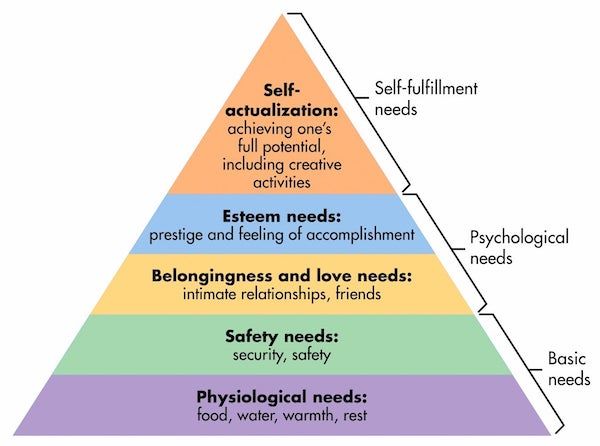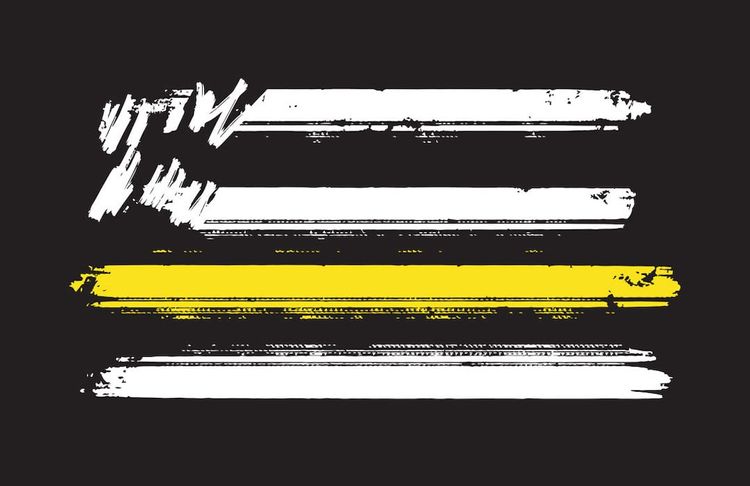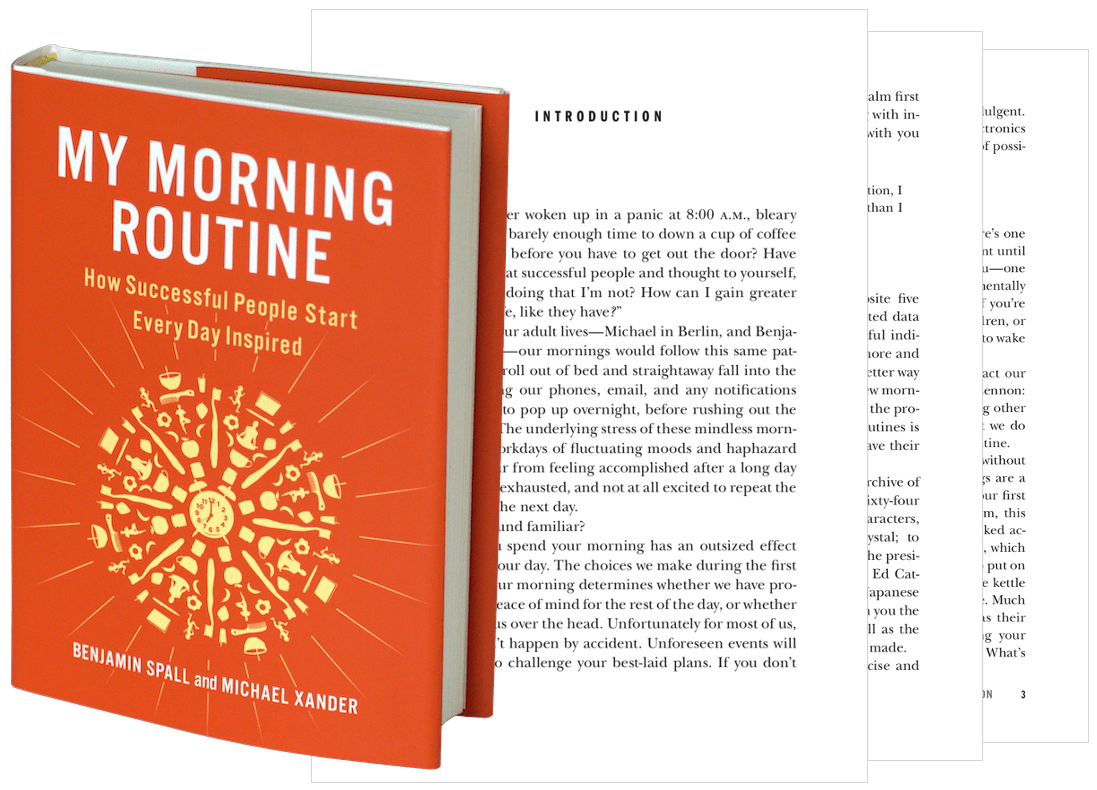Abraham Maslow’s Hierarchy of Needs Theory

Human beings are simple creatures. We like order; we like to create it, we like to follow it, and most of all, we like to organize our lives around it.
Maslow’s hierarchy of needs theory attempts to do just that.
In this article, I’m going to dive into this famous motivational theory, exploring each of the five tiers of Maslow’s pyramid of needs, the three categories of which these needs sit within, the difference between “deficiency needs,” and “growth needs,” as well as looking into common criticisms of Maslow’s hierarchy.
What is Maslow’s Hierarchy of Needs Theory?
Maslow’s hierarchy of needs theory was first proposed by American psychologist Abraham Maslow in his 1943 paper A Theory of Human Motivation. Maslow’s hierarchy of needs theory is a motivational theory that states that humans are motivated by a distinct set of needs placed on an upward trajectory.
Maslow placed these needs into five distinct tiers, namely: physiological needs, safety and security needs, love and belonging needs, esteem needs, and self-actualization needs.
I’ll go into more depth on each of these needs later in this article, but for now a key to understanding Maslow’s hierarchy of needs theory is to look at the below image of Maslow’s pyramid:

As you can see, Maslow’s pyramid of needs consists of the five aforementioned needs, as well as three categories in which these needs sit. The two bottom tiers—physiological needs and safety and security needs—are within the “basic needs” category. The next two tiers—love and belonging needs and esteem needs—are within the “psychological needs” category. And finally, the top tier—self-actualization—is in the “self-fulfillment needs” category.
Within the basic needs and psychological needs categories there are “deficiency needs,” which are needs you are deprived of and need to gain in order to move up Maslow’s pyramid of needs. Within the self-fulfillment needs category there are “growth needs,” which, as the name suggests, are needs that allow you to grow as a human being.
This is to say, these needs are hierarchical in nature. While later updates to Maslow’s hierarchy of needs theory stated that it is not strictly necessary for a person to fulfill all of their physiological needs before moving on to their safety and security needs, or even before jumping two tiers to their love and belonging needs, Maslow’s original hierarchy of needs theory, and a generalized reading of the theory nowadays, states that on the whole Maslow’s pyramid must be completed from the bottom up; focusing on fulfilling more basic needs before moving on to your psychological and self-fulfillment needs.
Abraham Maslow’s Hierarchy of Needs
As we have already discussed, Maslow’s hierarchy of needs consists of needs in five distinct tiers, with these tiers then fitting into three different categories.
When reading about each of these needs below, keep in mind that certain activities can cross hierarchical boundaries. Maslow’s hierarchy of needs examples in real life include, for example, if your family were to move from living in a slum that was open to the elements to a room within an apartment building, this would hit numerous physiological needs (warmth, shelter, and rest), both of the key safety and security needs, and potentially even a love and belonging need (intimate relationships) if it was your partner who made this happen for your family.
Another example of Maslow’s hierarchy of needs crossing hierarchical boundaries is that of a meal spent with friends or family members. In this example you experience the physiological need of having food to eat, while also experiencing love and belonging needs associated with having good relationships and friendships.
Without further ado, here is a brief description of each tier in Maslow’s hierarchy of needs, starting from the bottom and working up:
Physiological Needs
According to Maslow, physiological needs include things that we need to survive as human beings. This includes, but is not limited to food, water, shelter, warmth, and sleep.
The definition of “survive” is key here. While the above physiological needs are needed for literal survival, in order for a human being to “survive” in the real world this list needs to be expanded to include needs such as the need for clothing, the need for money in order to trade and barter, and even the need for WiFi.
Safety and Security Needs
Your safety and security needs will likely be different depending on where you live. As noted in one of the examples above, if you are living in an unsafe environment, the need for physical safety and security is primal. If you already live in a physically safe environment, then this need will likely focus on your financial security: do you have a job, are you saving for retirement, do you have adequate insurance, etc.
Of course, just as you move up Maslow’s hierarchy of needs pyramid from one tier to the next, you can move up within an individual tier. So in the above examples, if you move from an unsafe environment to a safe environment, you are now in a position to focus less on your physical security, and more on your financial security.
Love and Belonging Needs
Also known as “social” needs, love and belonging needs encompass everything from the need to be in an intimate loving relationship, to the need to have strong friendships, to the need to have close family ties.
Essentially, Maslow’s love and belonging needs boil down to our need to be loved and accepted by the people around us. While this need isn’t as primal as the need for food or shelter, we all need to experience feelings of love and belonging in order to thrive in this world, and to stave off feelings of anxiety, depression, and loneliness.
Esteem Needs
Esteem needs focus on our needs as humans for appreciation, respect, and feelings of accomplishment. The second-from-highest tier in Maslow’s hierarchy of needs, esteem needs fall into two distinct categories: feeling good about ourselves, and others feeling good about us.
The first of these categories, feeling good about ourselves, refers to our need for self-confidence (or self-reliance, which I’ve written about in depth in the past) and feelings of personal worth. Put simply, we make it difficult for others to feel good about us unless we first feel good about ourselves. The second of these categories, others feeling good about us, refers to our need to be recognized and valued for our accomplishments; to be praised when praise is due, and to know that others, including friends and family members, are proud of you.
Self-Actualization Needs
What is at the top of Maslow’s hierarchy of needs? According to Abraham Maslow the highest need is self-actualization needs. In its simplest form, self-actualized people are those who are living up to their fullest potential. What this means for you will likely be entirely different to what this means for someone else, but so long as we’re living our best life, we can say we are fulfilling our self-actualization needs.
It’s likely that your core values are what will determine what your self-actualization needs look like, but in general they necessitate that you use your talents to their fullest. You become who you are; who you’re destined to be.
Common Criticism of Maslow’s Hierarchy of Needs Theory
Abraham Maslow’s hierarchy of needs theory hasn’t been without criticism. The chief among these Maslow addressed (and agreed with) in later interpretations of his theory; namely that the order in which individuals work their way up the hierarchy is not rigid.
As I noted earlier in this article, certain activities can cross hierarchical boundaries, hitting a need present under the physiological needs tier, while also hitting a need present under the love and belonging needs tier, for example.
Criticisms of Maslow’s hierarchy of needs theory state that, in a similar vein, it is possible for individuals to experience needs from a higher tier without having all their needs in lower tiers met. For example, your esteem needs may be met because you have confidence in yourself and your personal worth, and you know that your friends and family have this same confidence in you, but right now you don’t have enough food on the table, so you don’t have your basic needs met.
Abraham Maslow’s hierarchy of needs theory continues to hold up, with some adjustments, attesting to its strength as a seminal motivation theory.
If you’re interested in hearing more from me, be sure to subscribe to my free email newsletter, and if you enjoyed this article, please share it on social media, link to it from your website, or bookmark it so you can come back to it often. ∎




